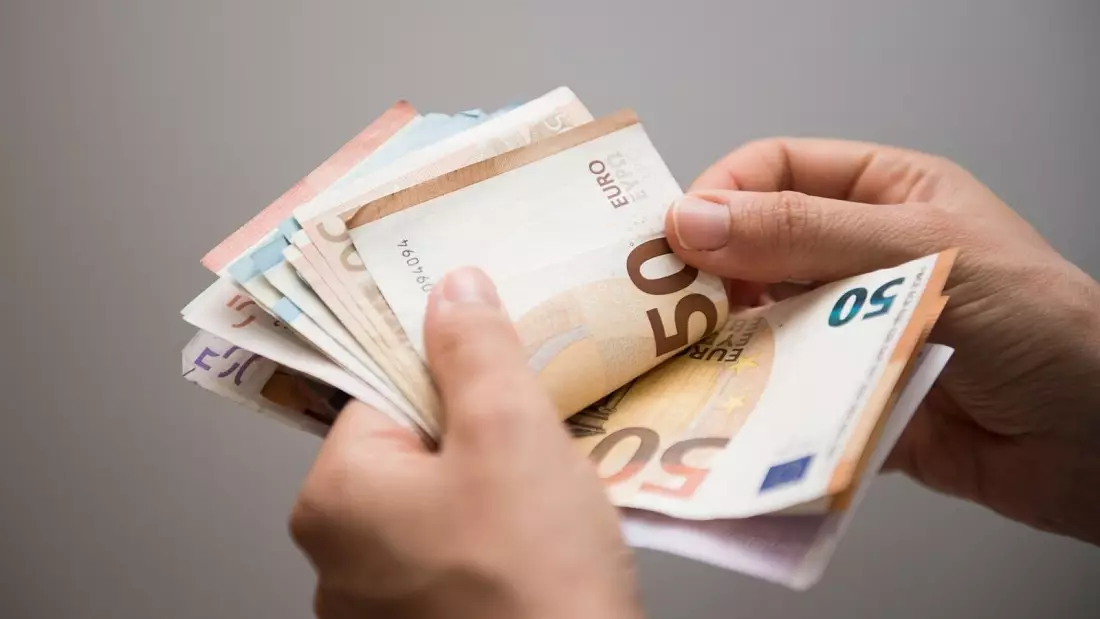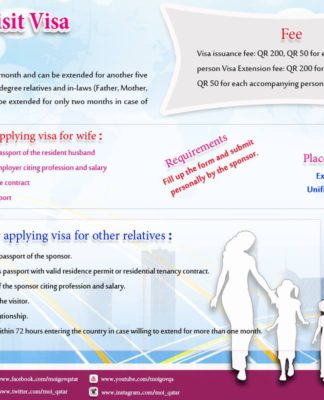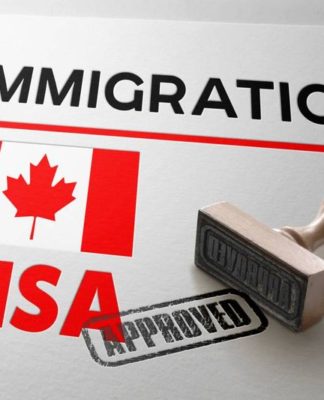Record inflation: Which countries in Europe are being worst hit as energy and food prices soar?
Price hikes in food and energy are among factors that are contributing to record inflation in Europe
Price hikes in food and energy are among factors that are contributing to record inflation in Europe – Copyright Canva
By Luke Hurst with AP • Updated: 31/08/2022 – 12:53
Eurozone inflation is continuing to soar to record highs, with the latest estimate from the EU’s statistics body predicting an annual eurozone inflation of 9.1 per cent.
The August estimate sees prices for food, alcohol and tobacco, non-energy industrial goods, and services all up on the numbers in July when annual eurozone inflation was forecasted at 8.9 per cent.
The August estimate from Eurostat has energy inflation at 38.3 per cent, compared with 39.6 per cent in July.
Inflation explained: What is it, what causes it and how do we deal with it now?
Estonia and the Netherlands, in particular, have seen inflation rise significantly in August, both up 2 per cent on the previous month’s figures respectively.
Elsewhere, the UK’s inflation rate has surged to a 40-year-high of 10.1 per cent in July, the Organisaton of National Statistics (ONS) reported on August 17.
Rising food prices made the largest upward contribution to annual inflation rates between June and July, the UK’s national statistics body said amid the highest inflation hike since 1982.
The eurozone’s inflation is up from 7.4 per cent in April, as Europeans continue to see soaring energy and food prices fuelled in part by Russia’s war in Ukraine.
The preliminary estimate published on August 31, is the highest since recordkeeping for the eurozone began in 1997.
What do shrinkflation, skimpflation and stagflation mean and are they worse than inflation?
Every corner of the continent is facing rising prices, with Europe’s expected economic bounceback from the coronavirus pandemic being hampered by a number of factors.
Russia is facing inflation of 15.1 per cent for the month of July, down from 17.1 per cent in May.
Here is a look at the inflation rate in each country in Europe:
Flourish logoA Flourish chart
Following in the footsteps of its counterparts in other parts of the world, the European Central Bank raised interest rates for the first time in 11 years by a larger-than-expected amount, as it targets stubbornly high inflation.
The move, announced on July 21, raises new questions about whether the rush to make credit more expensive will plunge major economies into recession at the cost of easing prices for people spending more on food, fuel and everything in between.
This is expected to be followed by another increase in September.
Inflation: This is what these governments are doing to ease the pain of the cost of living crisis
What’s causing these inflation rates?
Europe and much of the wider world were already being hit with soaring energy prices – which contribute to inflation – before Russia’s invasion of Ukraine in late February.
The conflict has exacerbated the energy crisis by fuelling global worries it may lead to an interruption of oil or natural gas supplies from Russia.
Russia has lately been the EU’s top supplier of oil, natural gas, and coal, accounting for around a quarter of its energy.
Amid record inflation and the soaring cost of living, are more people going back to cash?
An EU ban on coal from Russia is due to come into effect in August, and a voluntary effort is underway to reduce demand for Russian natural gas by two-thirds this year.
The prices of many commodities – crucially including food – have also been rising ever since COVID-19 pandemic lockdowns were first introduced two years ago, straining global supply chains, leaving crops to rot, and causing panic-buying in supermarkets.
The war in Ukraine again dramatically worsened the outlook, as Russia and Ukraine account for nearly a third of global wheat and barley, and two-thirds of the world’s exports of sunflower oil used for cooking. Ukraine is also the world’s fourth-biggest exporter of corn.

























